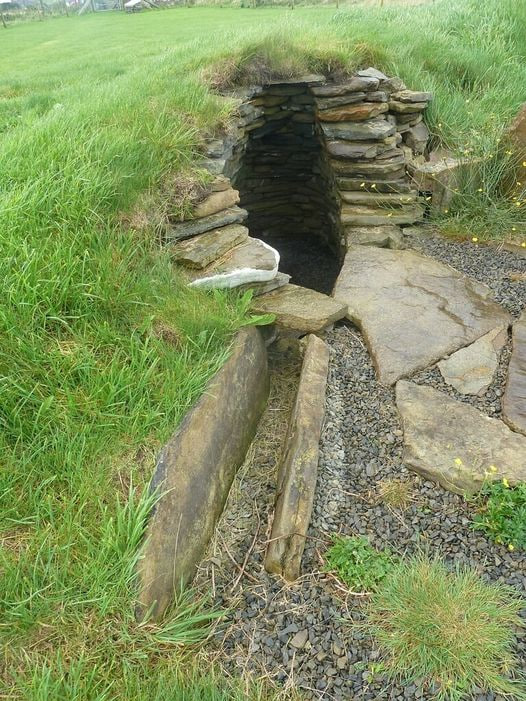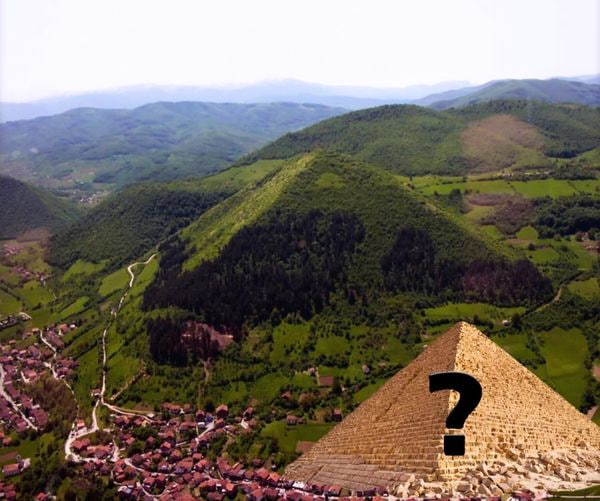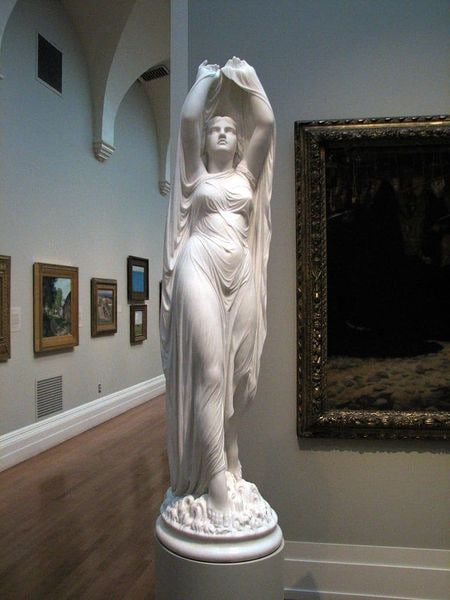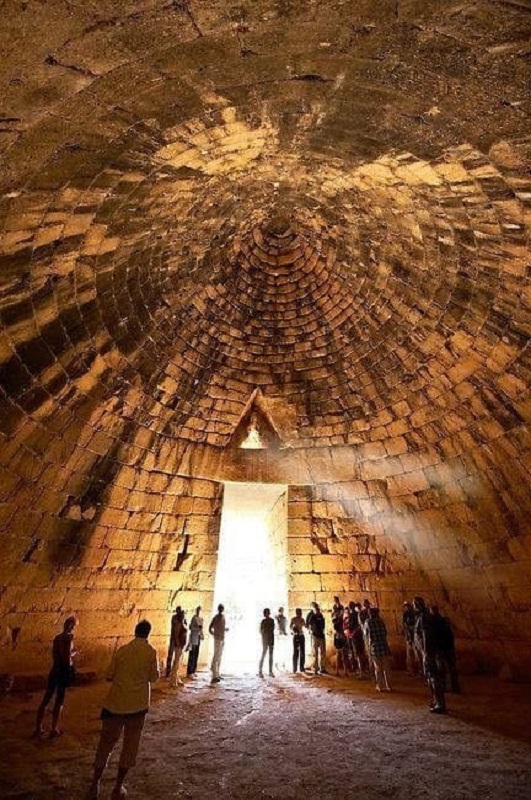Among the enchanting blooms that grace our woodlands and meadows, the bluebell flower stands as a symbol of natural beauty and rich history. These delicate, bell-shaped blossoms have captured the hearts of poets, artists, and nature enthusiasts for centuries. In this blog post, we embark on a journey through time and explore the captivating history of the bluebell flower, uncovering its cultural significance, folklore, and enduring allure.
The Botanical Essence
Bluebells, scientifically known as Hyacinthoides non-scripta, are native to Europe and are renowned for their vibrant blue-violet petals. These perennial bulbs typically bloom in late spring, carpeting woodlands with a sea of blue. Their slender, arching stems give rise to gracefully nodding flowers, creating a serene and magical atmosphere wherever they appear.

Cultural Significance
Throughout history, bluebell flowers have held special significance in various cultures. In the language of flowers, they symbolize gratitude and constancy, making them a popular choice for bouquets and gardens. In Celtic folklore, bluebells were believed to ring to summon fairies to their gatherings, and disturbing these flowers was thought to bring bad luck. In England, bluebells are often associated with ancient woodlands and have been designated as a symbol of conservation.

Historical References
Bluebells have left their mark in literature and art. In medieval times, these flowers were known as "wild hyacinths" and were often mentioned in poetry and folklore. Shakespeare referenced them in "A Midsummer Night's Dream," adding to their timeless appeal. Bluebells have also made appearances in famous paintings, such as those by renowned artists like William Holman Hunt and John Everett Millais, further immortalizing their beauty.

Conservation Efforts
While bluebells are celebrated for their natural beauty, they face threats due to habitat loss and invasive species. In the UK, where bluebells are particularly cherished, conservation efforts are in place to protect these native flowers. Some woodlands are designated as Sites of Special Scientific Interest (SSSIs) to safeguard bluebell populations. It is crucial for all nature lovers to appreciate these blooms responsibly and help in preserving their delicate ecosystems.

The Global Spread
Beyond their European roots, bluebells have found their way into gardens and parks worldwide, thanks to their undeniable charm. In North America, for instance, the Spanish bluebell (Hyacinthoides hispanica) has become a common garden plant, adding a touch of elegance to landscapes. While not native, they continue to captivate admirers with their striking beauty.

The bluebell flower is a testament to the enduring magic of nature and the profound impact it has had on human culture and imagination. From ancient folklore to modern conservation efforts, these delicate blossoms have woven themselves into the tapestry of our history and continue to inspire awe and appreciation. Whether you encounter them in a sun-dappled forest glade or in a well-tended garden, the bluebell's ethereal beauty is a reminder of the enduring connection between humanity and the natural world. So, take a moment to cherish these enchanting blooms, for they are a living testament to the timeless wonders of the Earth.









